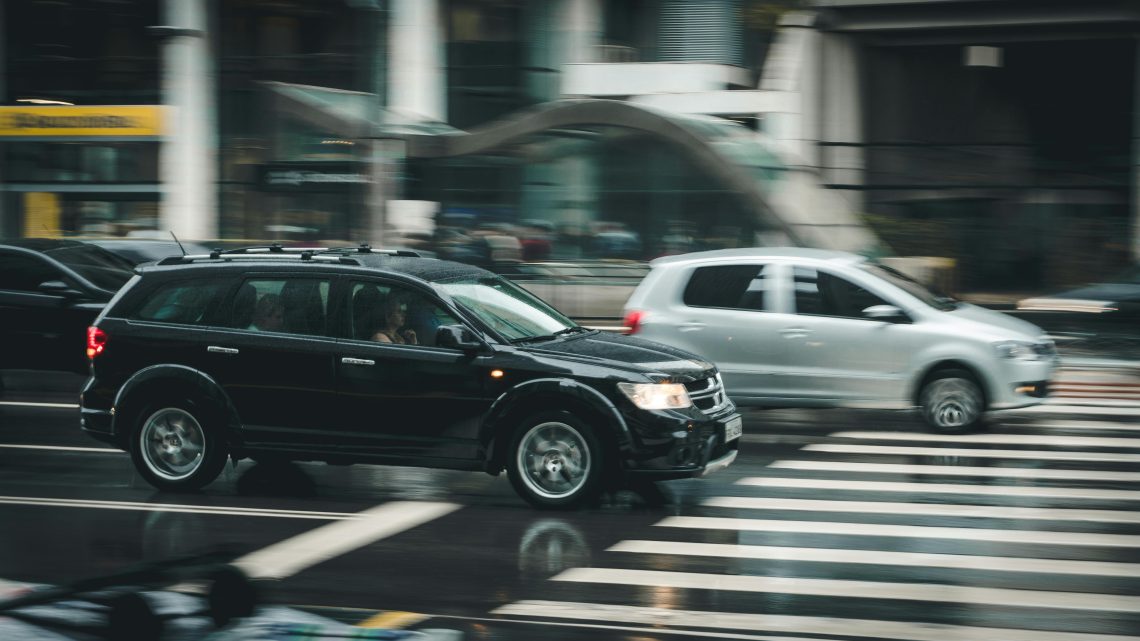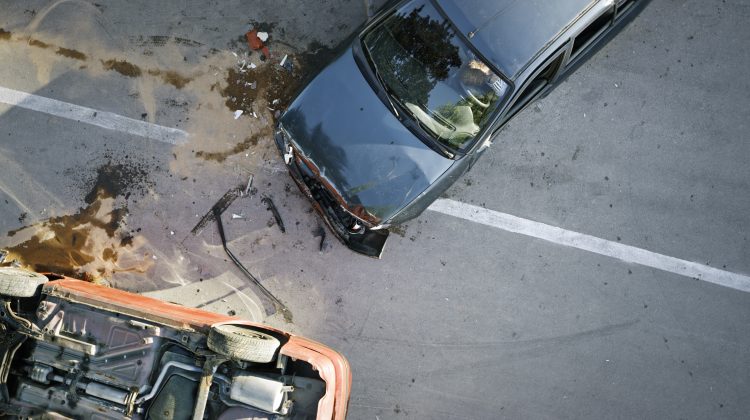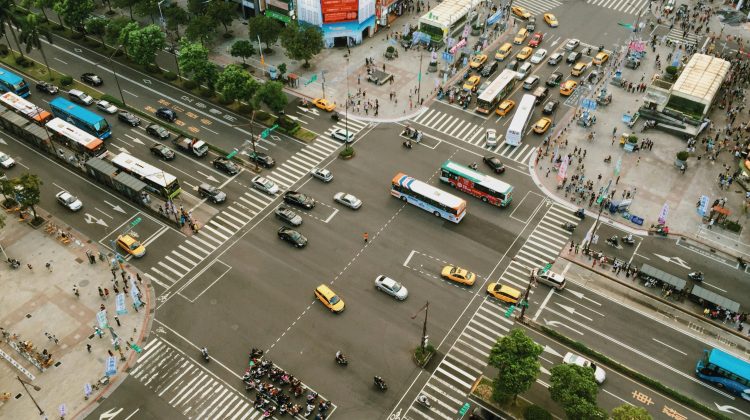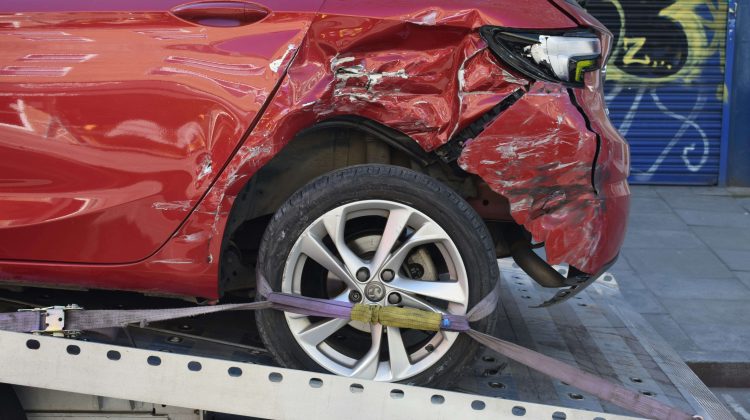Back in 2017, Chicago rolled out an ambitious plan to make our streets safer. It’s called Vision Zero, and the idea is simple but powerful: no one should die or be seriously injured in a traffic crash—ever.
It’s part of a global movement that started in Sweden, and Chicago set a big goal: eliminate traffic deaths by 2026. But here we are, years later, and many residents are still wondering: Has anything really changed? And if you’ve been hurt in a crash, you might be asking: Does this plan actually help me?
Here’s what you should know—especially if you’ve been injured in an accident.
What Is Vision Zero?
Vision Zero is a city-wide effort to rethink how we approach traffic safety. Instead of treating crashes like unavoidable “accidents,” it views them as preventable events—the result of bad design, unsafe speeds, distracted driving, and other risks that can be fixed.
Chicago’s version of the plan brought together 11 different city departments, including the Department of Transportation, the Police Department, and even Public Health, to:
- Cut traffic deaths by 20% by 2020
- Cut serious injuries by 35%
- Focus resources on neighborhoods with the highest crash rates
- Eliminate traffic deaths entirely by 2026
Has The Vision Zero Plan Actually Made a Difference?
The short answer? Not as much as we hoped.
Some intersections have been redesigned, and there are more protected bike lanes now—but traffic deaths and serious injuries are still happening, especially to pedestrians and cyclists. And some of the neighborhoods that were promised better infrastructure still haven’t seen much change.
That doesn’t mean the plan was a failure—it just means there’s more work to do. But for people who’ve been hurt, it raises a bigger question…
If I’m Hurt in a Chicago Car Crash, Does Vision Zero Change Anything?
Here’s the good news: you still have the same legal rights.
Vision Zero doesn’t take away your ability to file a claim and seek compensation with a Chicago car accident lawyer. If you’re injured because of someone else’s negligence—a distracted driver, a speeding car, or even poorly maintained streets—you may still be able to take legal action and recover damages.
In fact, in some cases, Vision Zero might actually support your case, especially if:
- Your crash happened in a high-risk area that the city already knew about
- There were known safety issues that went unaddressed
- A city agency or contractor failed to make required improvements
Can I Sue the City of Chicago?
It’s possible—but it’s not always simple.
The City of Chicago and its agencies have some legal protections under Illinois’s Tort Immunity Act. But if they ignored known safety hazards, or failed to follow their own standards, they can sometimes be held accountable.
The key here is timing. There are strict deadlines and procedures for suing a government entity, and they’re not the same as a regular personal injury case. If you’re thinking about taking action, talk to an attorney right away—don’t wait.
Vision Zero Data Could Help Your Case
One thing Vision Zero did do well? It created a lot of useful data. The city has published maps, stats, and reports showing which areas are the most dangerous and what types of crashes happen most often.
A good personal injury lawyer can use that data to:
- Show that your injury happened in a known problem area
- Demonstrate that your crash was preventable
- Strengthen your case for negligence
The Bottom Line About Vision Zero
Vision Zero is a great goal. But it’s not a guarantee.
If you’ve been injured in a traffic crash—whether you were walking, biking, or driving—you deserve answers for all of the physical, emotional, and psychological pain you have been through . And possibly, compensation.
Just because Chicago is working to make roads safer doesn’t mean everyone is doing their part. When they don’t—and you get hurt—you have every right to hold them accountable.





No Comment